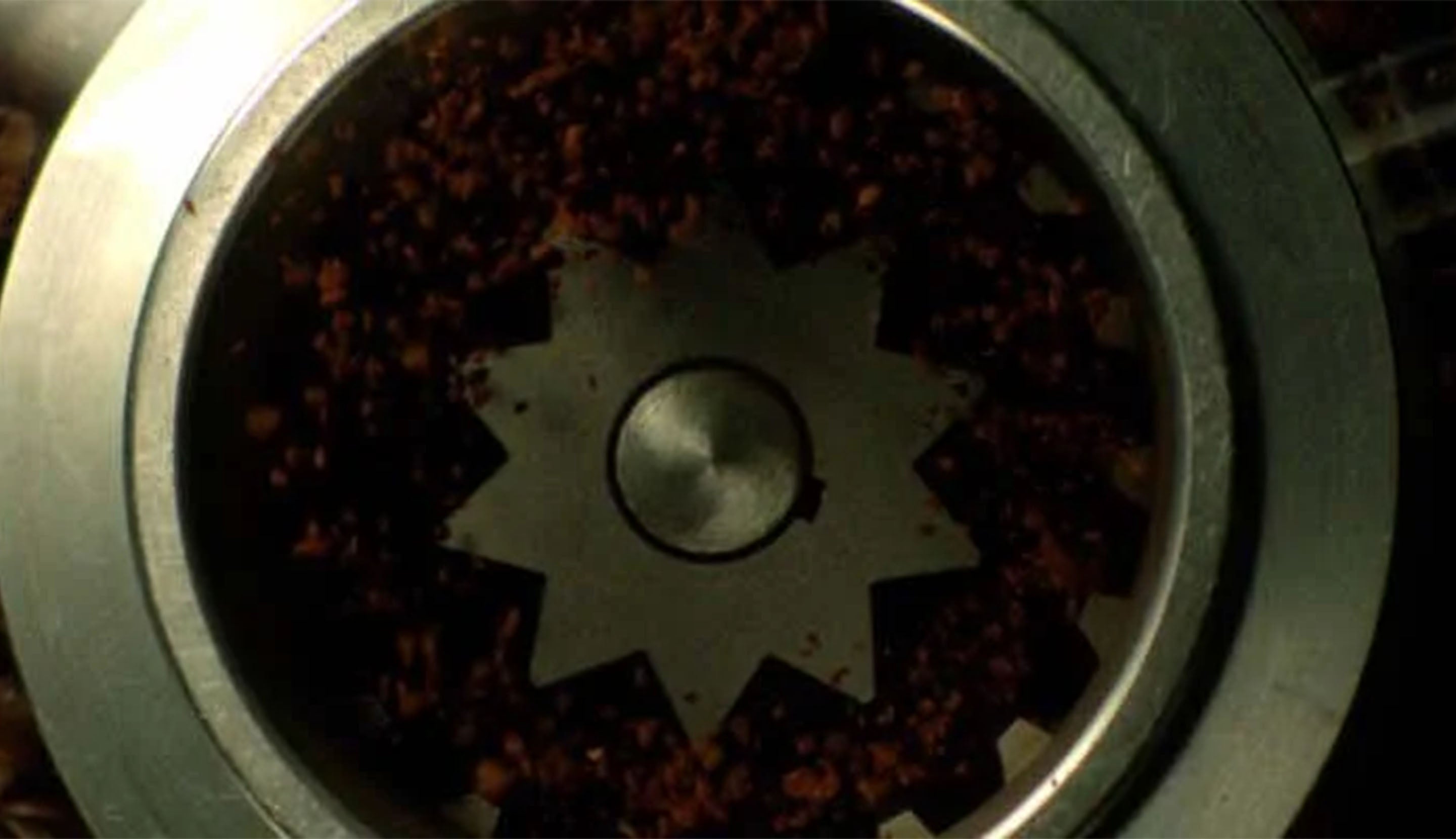Growing: The coffee plants begin their journey in a nursery where they are cared for until the are ready to be planted into the coffee farms, where they will grow coffee cherries over many years.
Harvesting: Once coffee cherries are ripe, they are harvested by experienced farmers, and processed to develop the sensory characteristics of the coffee beans coming from them.
Roasting: The coffee beans with the required sensory profile are then roasted to develop the NESCAFÉ flavour, intensity and aroma.
Grinding: The perfectly roasted coffee beans are then ground into a coarse powder.
Extraction: The coarse coffee powder is then put through an extraction process to extract the flavour, aroma and colour from the coffee.
Drying: This step removes as much water as possible from the brew, in order for it to develop into a fine powder.
Filling: Once all the steps to prepare the coffee for packaging are done, the coffee powder is filled into our jars.
Harvesting: Once coffee cherries are ripe, they are harvested by experienced farmers, and processed to develop the sensory characteristics of the coffee beans coming from them.
Roasting: The coffee beans with the required sensory profile are then roasted to develop the NESCAFÉ flavour, intensity and aroma.
Grinding: The perfectly roasted coffee beans are then ground into a coarse powder.
Extraction: The coarse coffee powder is then put through an extraction process to extract the flavour, aroma and colour from the coffee.
Drying: This step removes as much water as possible from the brew, in order for it to develop into a fine powder.
Filling: Once all the steps to prepare the coffee for packaging are done, the coffee powder is filled into our jars.
Is NESCAFÉ made from coffee only?
The short answer? YES! NESCAFÉ uses only approved quality Arabica and Robusta beans to create our signature bold flavours, and easily dissolved coffee granules. Take a journey with us from the moment the coffee beans are grown, to the moment you take them home, and see for yourself - 100% coffee, from the coffee plant to your coffee cup.What is pure soluble coffee made of?
Turning fresh, green coffee beans into NESCAFÉ pure soluble coffee granules is a long, but rewarding process. From start to finish, the only ingredient we use is 100% pure coffee, adding nothing else but water. Yes, that's correct - NESCAFÉ is made from coffee only. We carefully select and blend two main types of coffee bean - Arabica beans, and Robusta beans. Arabica beans - grown in Latin America, East Africa and Asia - are longer, and make a sweeter, more delicate cup of coffee. Robusta beans, which come from the Canephora coffee tree, are shorter and round, and provide a stronger, heavier, more bitter-tasting coffee. Robusta beans are grown in more humid places - mainly South East Asia and West Africa. We also use a close relative of the Canephora plant - called Conillon - grown in Brazilian coffee farms.1. Growing
Every coffee plant starts off out in nurseries, where they're carefully looked after for 6-12 months. When they're ready, they'll be transplanted into the fields by expert coffee farmers, giving them the care they need, to ensure that they begin producing coffee cherries. The coffee bean itself is the seed of these coffee cherries, which begin to grow within about 1 and a half years - and after about 3 years, the coffee plants will be at their most productive, allowing us to make the 100% pure NESCAFÉ coffee granules you use to start your day.
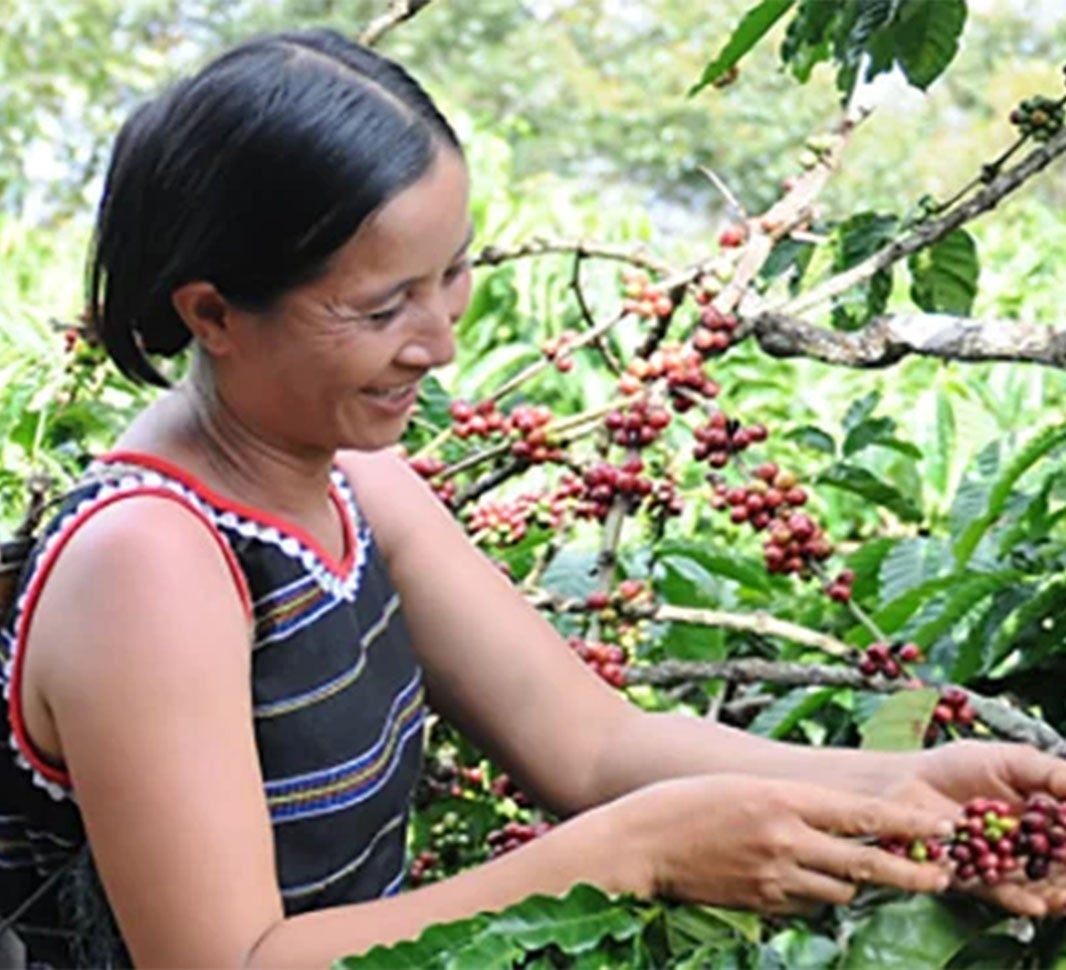
2. Harvesting
The best way to tell if a coffee tree is ready to be harvested is by looking at the colour of the coffee cherries. Farmers rely on their long experience to make sure they're harvesting the coffee cherries at the perfect time, when the fruit of the coffee plant is a very precise shade of red. It's this careful way of nurturing and harvesting the coffee trees that helps keep them viable, healthy, and producing cherries for up to 20 years. Interestingly, the coffee beans inside the coffee cherries aren't the golden brown colour of our NESCAFÉ coffee granules - they're a light green colour until they're roasted to perfection, ready to be made into soluble pure soluble coffee granules.
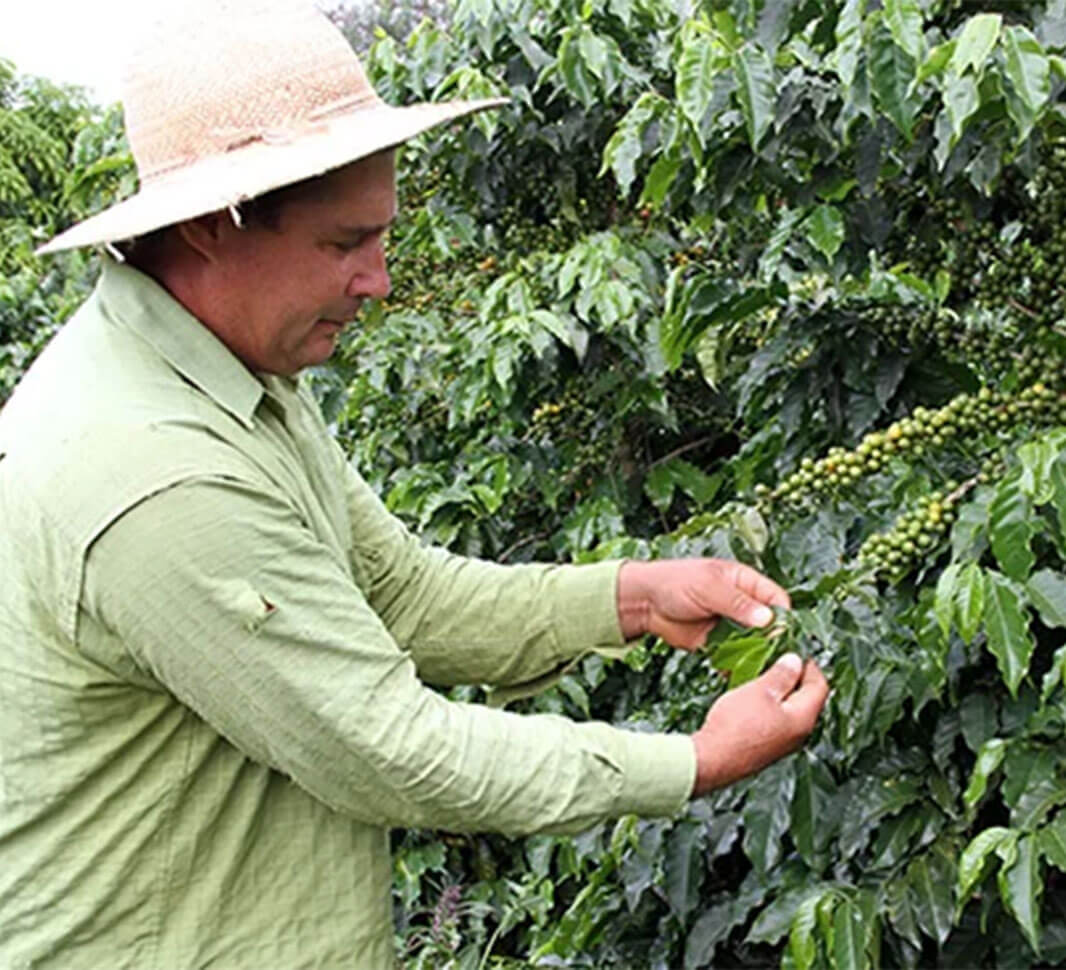
3. Roasting
Taking those green coffee beans and turning them into the golden-brown coffee granules that power your day takes a very important step – roasting. This is where the coffee develops its flavour, intensity, and aroma. Different roasts and intensities require different roasting times and temperatures – Arabica with a lighter, more delicate experience, and Robusta with a bolder, deeper profile. Generally speaking, a light roast gives a mild taste, a medium roast produces a well-rounded, rich flavour and aroma, and a high roast delivers an intense, strong flavour. We roast our coffee beans at the perfect temperature, every single time, to make sure you’re getting the taste you’ve come to enjoy from NESCAFÉ.
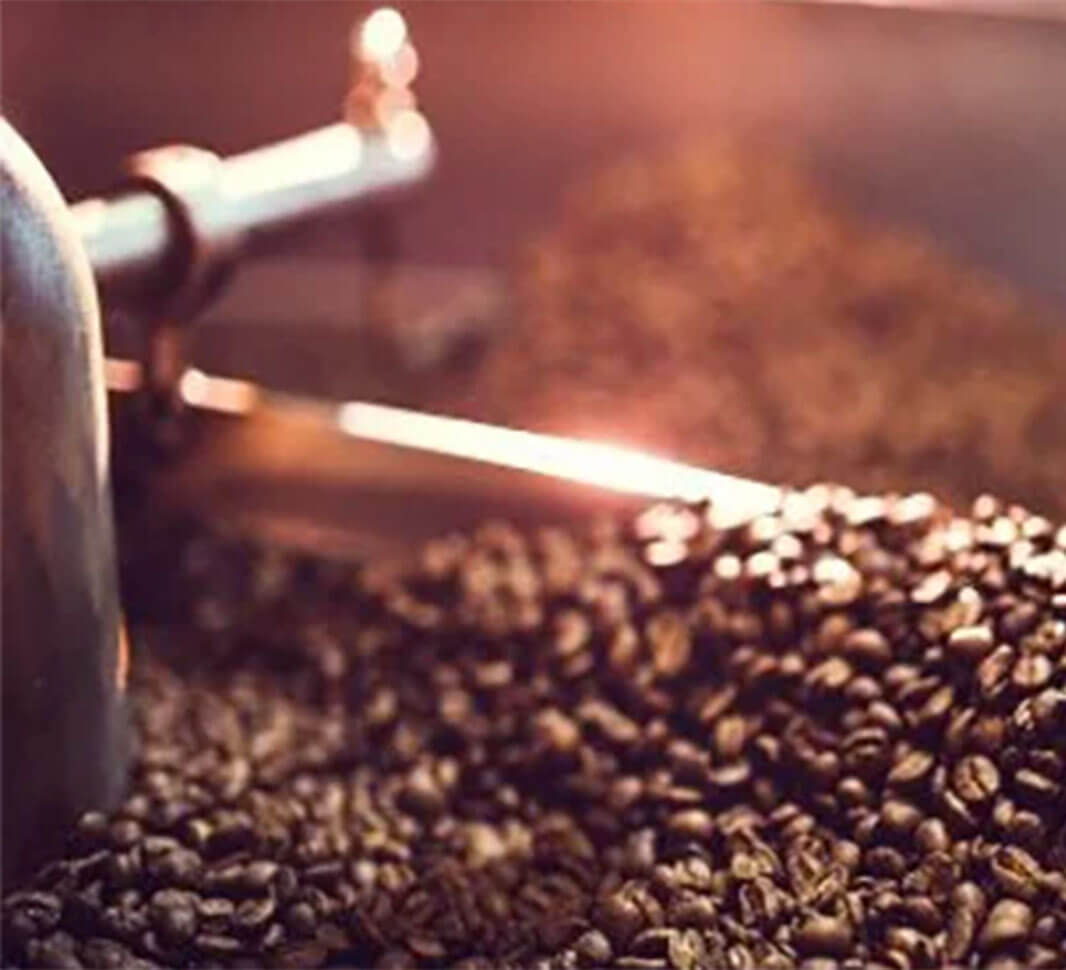
4. Grinding
Now that the coffee beans have been roasted to perfection, it’s time to grind them up into a coarse powder.
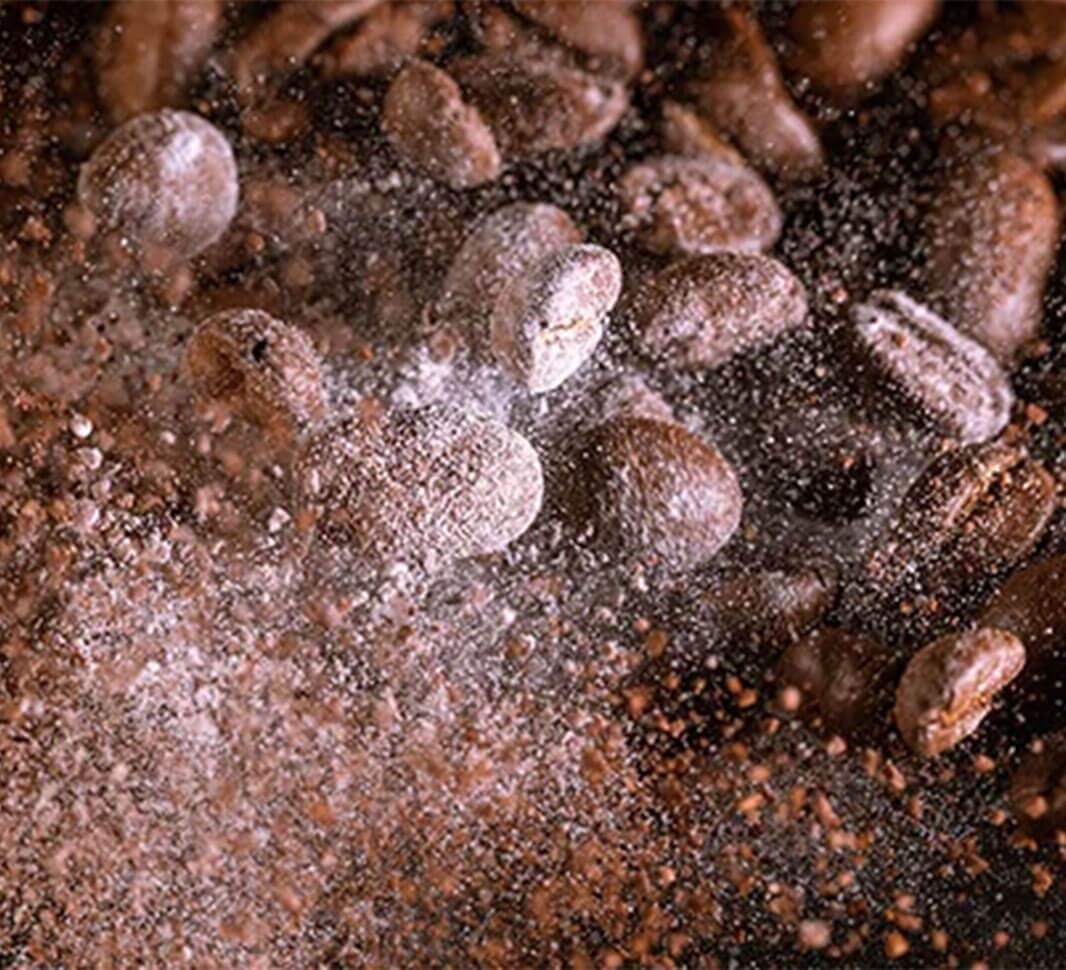
5. Extraction
Once the grinding is complete, the coarse coffee powder is put into a series of extraction cells, which do the same job as a filter coffee machine, or a percolator. This stage is where we add hot water to the grounds to extract the flavour, aroma, and colour from the coffee - and remember, hot water is the only other ingredient we add. The coffee grounds make their way through more than one extraction cell, which continues to concentrate the coffee. This makes it stronger, until we're left with a highly concentrated coffee extract. All those beautiful aromas are captured during the extraction process, and added back to the coffee just before it's filled into jars.
Did you know: we don’t throw away any coffee grounds! They’re dried and reused as fuel for our boilers. Our Cup of Respect ideology starts early in the process.
Did you know: we don’t throw away any coffee grounds! They’re dried and reused as fuel for our boilers. Our Cup of Respect ideology starts early in the process.

6. Drying
There are a few different ways to dry the brewed coffee, but the intention is the same – removing as much water as possible. We use two methods, for different NESCAFÉ products.
Spray drying
This method uses hot air to dry the liquid coffee extract by spraying it into a stream of hot air at the top of a tall, cylindrical tower. The droplets dry as they fall, landing at the bottom of the cylinder as a fine powder. This powder is slightly dampened and sieved, ensuring granules of the same size are filled into jars.
Freeze drying
The first step for freeze-drying is freezing the liquid coffee extract at about -40ºC, forming a thin, solid layer. This is broken up into tiny pieces, and then subjected to a vacuum, which lowers the boiling point of the water so that it evaporates out, even at very low temperatures. It preserves all the coffee flavour, and leaves behind solid, soluble coffee.
Spray-drying is used for most soluble coffee.
Spray drying
This method uses hot air to dry the liquid coffee extract by spraying it into a stream of hot air at the top of a tall, cylindrical tower. The droplets dry as they fall, landing at the bottom of the cylinder as a fine powder. This powder is slightly dampened and sieved, ensuring granules of the same size are filled into jars.
Freeze drying
The first step for freeze-drying is freezing the liquid coffee extract at about -40ºC, forming a thin, solid layer. This is broken up into tiny pieces, and then subjected to a vacuum, which lowers the boiling point of the water so that it evaporates out, even at very low temperatures. It preserves all the coffee flavour, and leaves behind solid, soluble coffee.
Spray-drying is used for most soluble coffee.
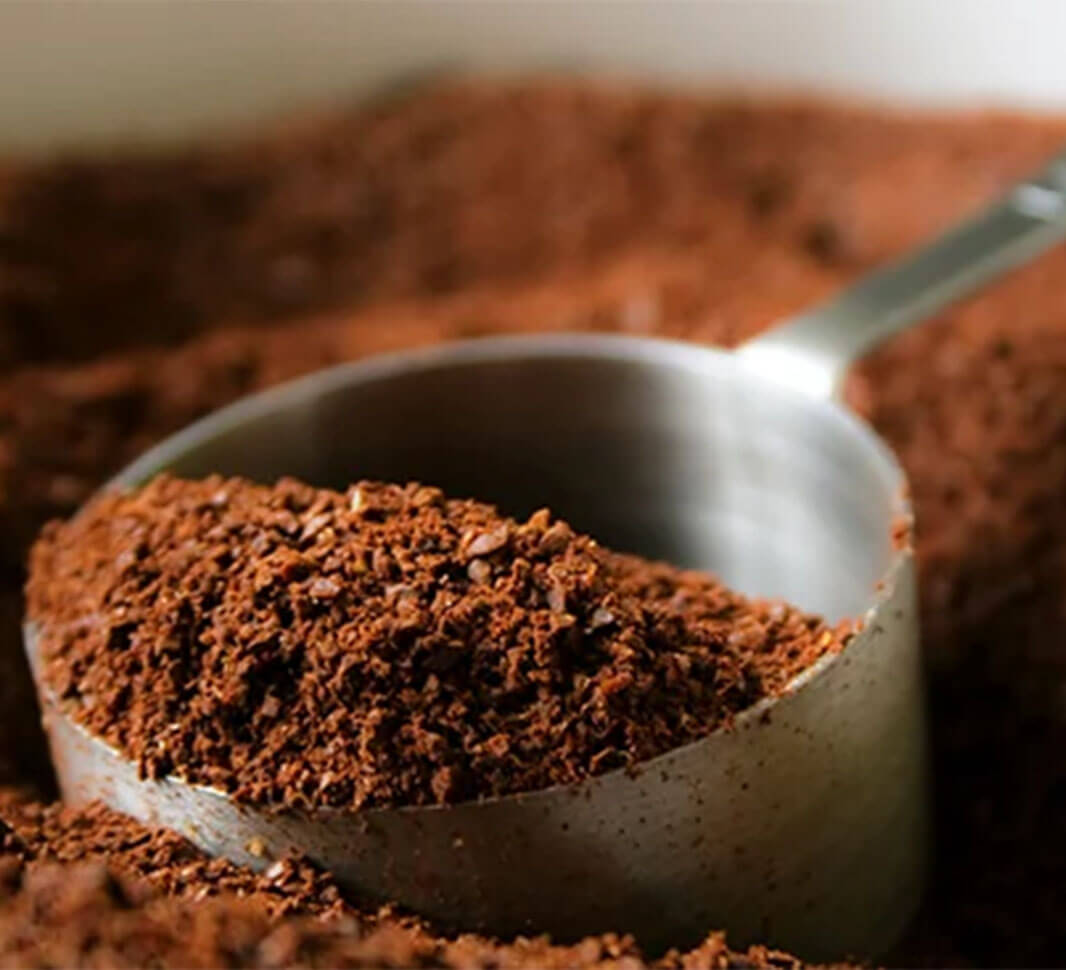
7. Filling
Once the roasting, grinding, brewing and drying is done, the soluble coffee powder or granules are filled into glass jars, or sachets. The filling process happens in an inert gas atmosphere, which prevents any deterioration of the flavour or aroma of the coffee during storage.


